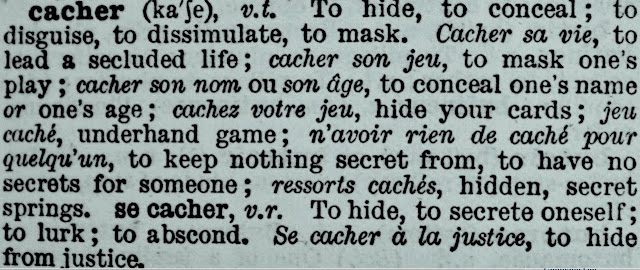Use the relevant handout below to help record your learning and knowledge of each of the films.
Try to pick 2 films that you feel will be your focus films, you will need to write about these in detail in your exam so fill out the comparison grid in as much detail as possible to help you with your revision at a later date.
PAIR A - OOH LA LA - La Haine and Cache
Urban_2013_14_ Lesson 8_case Study Pairs Comparison Activity - Pair a - Lahaine_hidden by candifilmstudies
PAIR B - TUDO BEM? - CITY OF GOD & NEIGHBOURING SOUNDS
Urban_2013_14_ Lesson 8_case Study Pairs Comparison Activity_pair B - Cog_neighbouring by candifilmstudies
PAIR C - YOUNG & ANGRY - LA HAINE & CITY OF GOD
Urban_2013_14_ Lesson 8_case Study Pairs Comparison Activity_pair C_la Haine_cog by candifilmstudies







